Japan PMI Manufacturing was finalized at 49.0 November, up from October’s 48.7. While still concretionary, it’s already the highest reading since August 2019. Markit also noted softer falls in both output and news orders. Businesses also remained optimistic regarding future output.

Usamah Bhatti, Economist at IHS Markit, said: “Concern remains that weaknesses caused by the COVID-19 pandemic persisted as both output and new orders both fell for the twenty-third month in a row. Furthermore, infection rates have surged in both domestic and international markets which resulted in a renewed fall in export orders, which dampened confidence further.
“However, Japanese manufacturers continue to report a positive outlook beyond the immediate concerns surrounding the sector. Around 33% of survey respondents foresee a rise in output over the coming year amid hopes that the pandemic dissipates and a robust economic recovery. Currently, IHS Markit expects industrial production to grow 7.3% in 2021 although this is from a lower base and does not fully recover the output lost to the pandemic.”
Full release here.
Also from Japan, unemployment rate rose to 3.1% in October versus expectation of 3.0%. Capital spending dropped -10.6% in Q3 versus expectation of -12.0%.





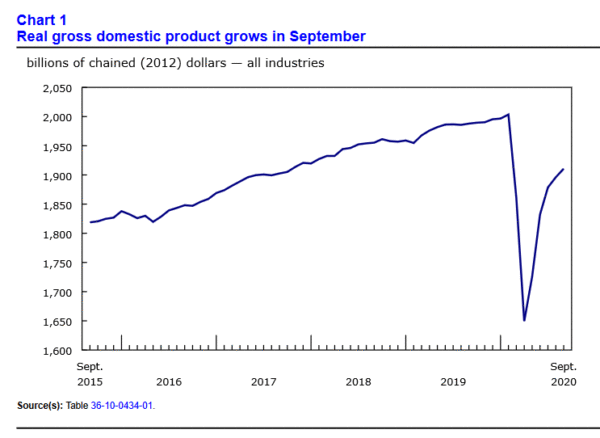
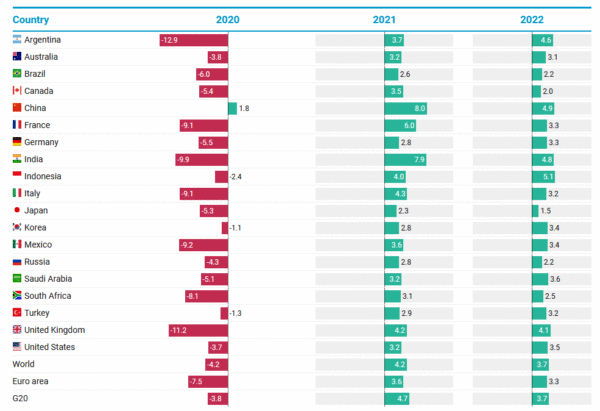
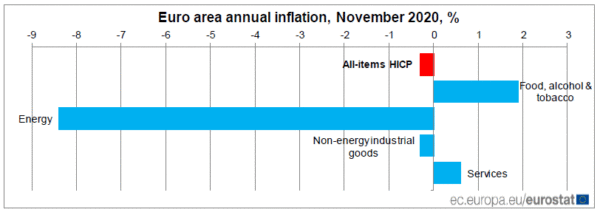
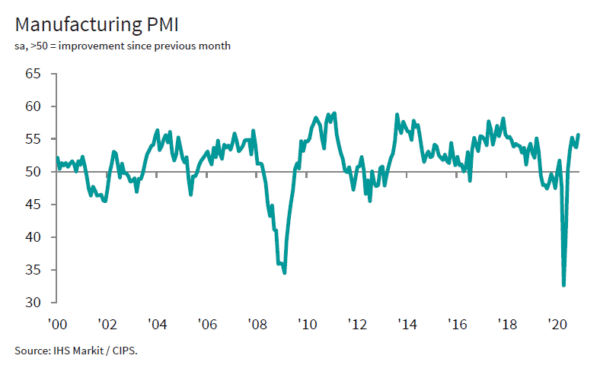
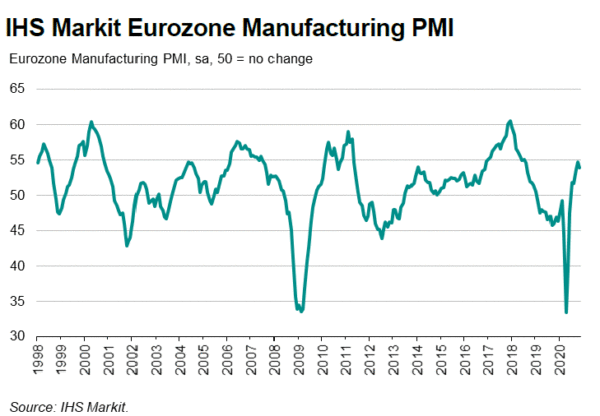
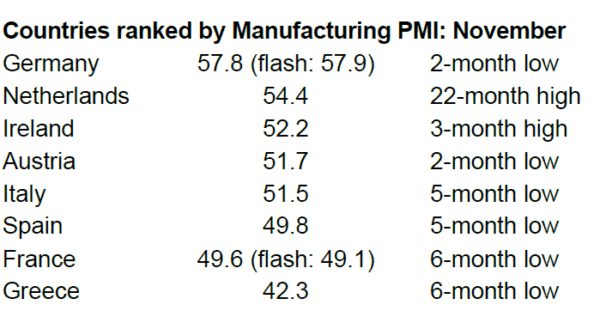
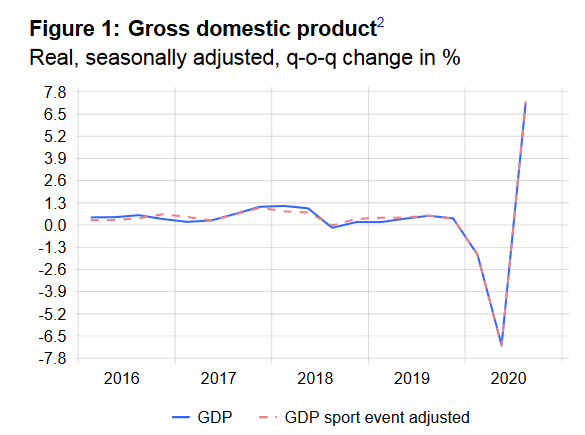
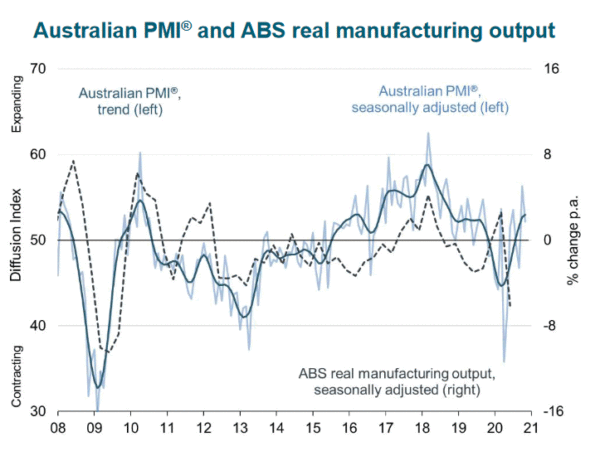


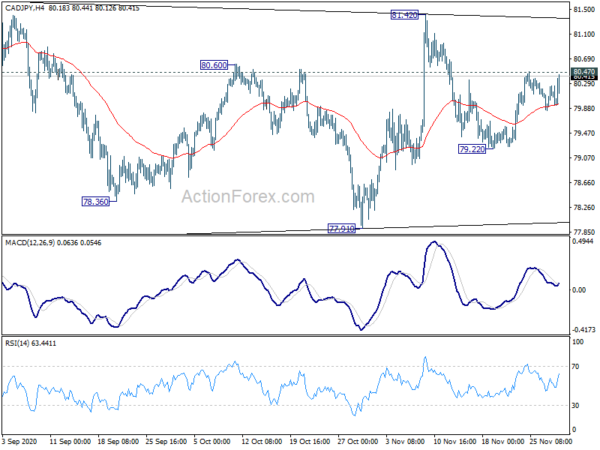
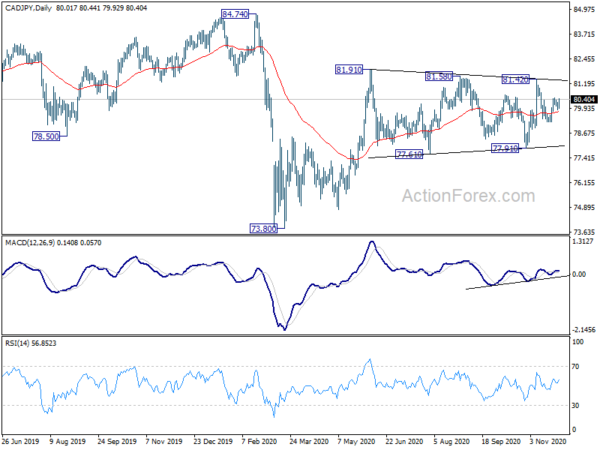
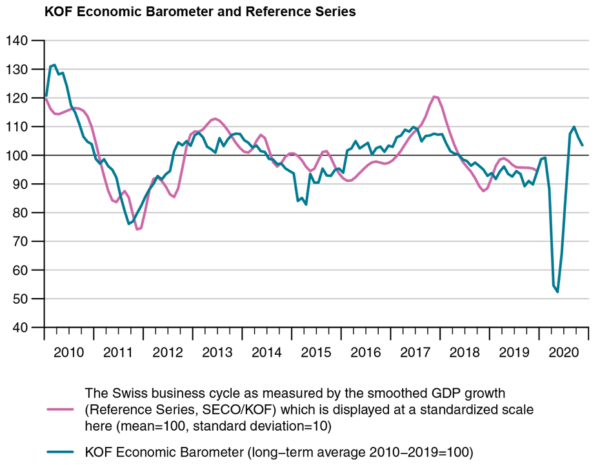

BoJ Amamiya: Will extend the duration of COVID-response measures if needed
BoJ Deputy Governor Masayoshi Amamiya said the current “powerful easing” is exerting an “intended effect” on the economy. Private consumption was gradually picking up, and likely to continue recovery. However, he expected corporate finance to remain under stress as “economic improvement to be moderate”.
“The BOJ will closely watch the impact of COVID-19 for the time being and take additional easing steps without hesitation as needed,” he added. “Will extend the duration of COVID-response measures beyond March deadline as needed, with an eye on pandemic impact on economy.”